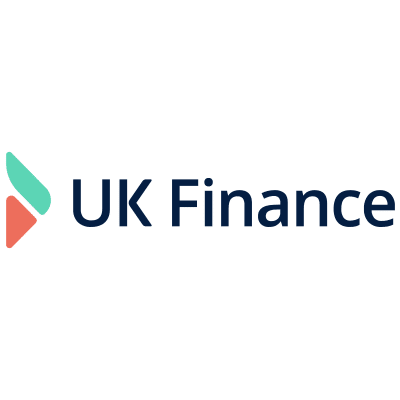How does invoice discounting work?
Invoice discounting is a form of invoice financing that allows you to access money tied up in unpaid invoices by getting an advance against them through an invoice discounting company.

How does invoice discounting work?
First, you’ll need an invoice discounting facility extended to you by a discounting company. The rest of the process works like this:
Step 1: Invoice your customer
You raise an invoice with your customer and forward a copy of the invoice to your discounting company for them to advance money against it.
Step 2: Get your advance from the discounting company
Depending on the terms of your agreement, you could get up to 90% of the value of an unpaid invoice within 24 hours.
Step 3: Chase up payment with your customer
As you retain control of your sales ledger and debt collection, it’s up to you to follow up with your customer and chase up payment of the unpaid invoice.
Step 4: Your customer settles into a trust account
Your customer pays the outstanding invoice amount into a trust account in your name, which is managed by your discounting company.
Step 5: The discounting company pays you the balance of the invoice
The discounting company takes what’s owed to them from the trust account and pays you the balance of the invoice, minus any agreed-upon fees.
Invoice discounting advantages
Invoice discounting gives you access to consistent cash flow to fund your operations, pay your debts, negotiate better terms with suppliers, or take on new opportunities.
You don’t need any high-value assets to secure funding, and the process tends to be easier than applying for a bank loan. There’s also no need to worry about some of the strict terms and requirements often associated with other forms of funding. Invoice discounting allows you to retain full ownership of your company, and you can use the funds in any way you see fit for your business.
As you retain control of managing your sales ledger, your invoice discounting facility is kept confidential and you’re able to maintain your customer relationships without them knowing you have such a facility in place.
Invoice discounting disadvantages
Invoice discounting is only available for B2B or commercial invoices. Ideally, your business also needs to be making a net turnover of £250,000 or more and meet any other requirements stated by the discounting provider.
It is also not an option if you don’t offer your customers payment terms of 30 days or more. Additionally, invoice discounting isn’t suitable for all business types, especially those where disputes or quality issues could be raised and result in an invoice not being paid in full.
Additionally, because vetting customers and chasing up payments remains your responsibility, you need to have strong credit control capabilities.
How do you know if invoice discounting is right for your business?
Invoice discounting might be right for your business if you:
1) Meet the yearly £250,000 a year turnover requirement
2) Have a steady stream of commercial customers on 30 to 120-day payment terms
3) Have the resources to manage your sales ledger and debt collection
Plan your next steps
Ultimately, you’ll need to work with a trusted invoice discounting provider to iron out specifics such as eligibility, terms, and service fees.
The right discounting company understands your business, offers transparent terms and reliable access to funds when you need them most.
It’s a good idea to compare multiple providers to understand the costs and fees involved and to help you make an informed decision about your business.




